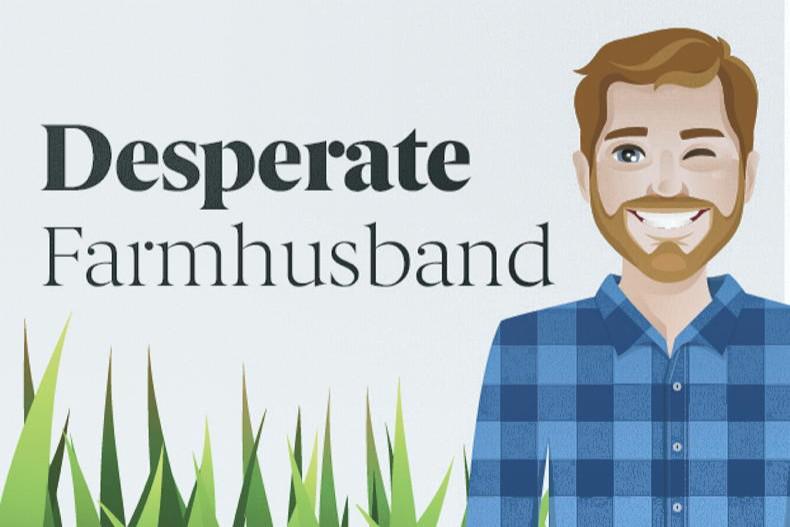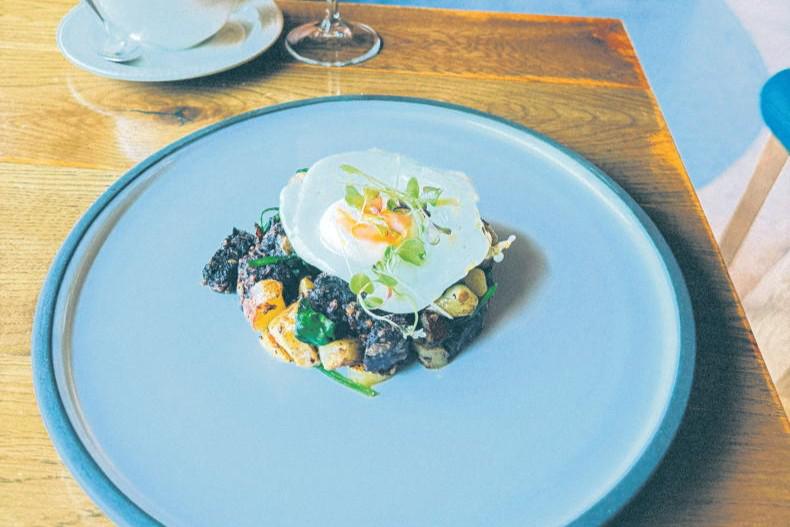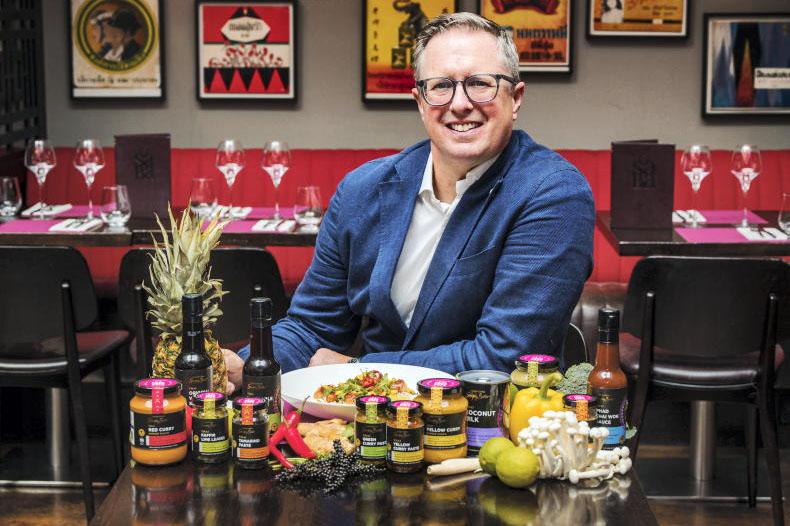Listening to Neven Maguire with Marty Whelan on Lyric FM last Friday morning, I was struck – as I have been many times before – at Neven’s consistent support of Irish food. He was discussing a recipe for a leg of lamb and several times, he said to buy Quality Assured, Irish lamb. He went on to talk about farmers; how tough a life it is and the quality products they produce. He is so right on every front, and it’s great to hear chefs on the radio and television appreciating Irish food.
I love to see cafés and restaurants listing Irish food producers on their menus. Some even have maps of Ireland showing where producers can be found all over the country. We have much to be proud of, with everything from beef to cheese and vegetables being produced on family farms.
But do we assume that food we can produce here is what’s available on the menu?
In a hotel, I recently asked if the rashers and sausages for breakfast were Irish. The answer was, “I don’t know, but I’m sure they probably are.” I asked if they could find out and, some time later, I was told that no one knew as they just ordered it off a website.
Knowledge
Considering we also rely on exporting food, I’m not against importing food into Ireland, but I want to make decisions based on knowledge. How many hotel breakfasts have I had over the years, assuming the rashers, sausages and eggs were all produced in Ireland? Were they?
It got me thinking about all the weddings and other big occasions we attend and how we eat meals at them without asking this. Do we assume the beef or salmon served is Irish? Are the vegetables Irish? The spuds?
Imagine if every farmer, and every son or daughter of these farmers, asked for only-Irish food to be served at their wedding. I’m sure there are thousands of weddings each year where one person from the couple is from a farming background. That’s quite a lobby group if they all asked to have Irish-produced food to be served at their wedding.
Irish food culture is rooted in our history, geography and climate. We might not always love our weather, but we do love the dairy and meat from our grass-fed animals. No matter where I travel, I have yet to find butter to rival our own and what they charge for grass-fed steak in some countries would make your eyes water.
Traditional dishes
Traditional Irish dishes, like stew, were based on the slow-cooking of tougher cuts of meat – often from older animals – and bulked out with root vegetables. Chefs and home cooks have brought different influences to meals based on travel experiences, cookbooks and TV shows. We may not have a lamb stew simmering away for hours (as in days gone by), but we might be cooking a lamb tagine or slow-cooked lamb shank. Recipes change and cooking methods evolve, but the quality of the ingredients is what is at the heart of any dish.
Tourists often ask for Irish stew or beef-and-Guinness stew; both are fine meals, especially when made with great ingredients. Once they’ve tried these dishes, tourists then often discover the great and innovative meals in many of our restaurants. Our food reputation continues to grow and add to the positive experience of visitors.
However, unfortunately, some of our more popular visitor attractions have poor-quality food offerings. There’s not a lot to be proud of in a plastic-wrapped panini filled with cheap, imported ham and cheese. Breakfast is often the final meal visitors have before leaving the country and, sadly, it’s often comprised of overcooked, poor-quality meat products. It should be a great meal; filled with quality Irish products, so people leave with full stomachs and good memories. Our farmers, food producers and processors have much to be proud of, so I now intend to make a habit of asking for it when I eat out. Bon appetit.
Read more
Margaret Leahy: ‘Garrymore picked us up and carried us’
Margaret Leahy: slugs are a great conversation starter
Listening to Neven Maguire with Marty Whelan on Lyric FM last Friday morning, I was struck – as I have been many times before – at Neven’s consistent support of Irish food. He was discussing a recipe for a leg of lamb and several times, he said to buy Quality Assured, Irish lamb. He went on to talk about farmers; how tough a life it is and the quality products they produce. He is so right on every front, and it’s great to hear chefs on the radio and television appreciating Irish food.
I love to see cafés and restaurants listing Irish food producers on their menus. Some even have maps of Ireland showing where producers can be found all over the country. We have much to be proud of, with everything from beef to cheese and vegetables being produced on family farms.
But do we assume that food we can produce here is what’s available on the menu?
In a hotel, I recently asked if the rashers and sausages for breakfast were Irish. The answer was, “I don’t know, but I’m sure they probably are.” I asked if they could find out and, some time later, I was told that no one knew as they just ordered it off a website.
Knowledge
Considering we also rely on exporting food, I’m not against importing food into Ireland, but I want to make decisions based on knowledge. How many hotel breakfasts have I had over the years, assuming the rashers, sausages and eggs were all produced in Ireland? Were they?
It got me thinking about all the weddings and other big occasions we attend and how we eat meals at them without asking this. Do we assume the beef or salmon served is Irish? Are the vegetables Irish? The spuds?
Imagine if every farmer, and every son or daughter of these farmers, asked for only-Irish food to be served at their wedding. I’m sure there are thousands of weddings each year where one person from the couple is from a farming background. That’s quite a lobby group if they all asked to have Irish-produced food to be served at their wedding.
Irish food culture is rooted in our history, geography and climate. We might not always love our weather, but we do love the dairy and meat from our grass-fed animals. No matter where I travel, I have yet to find butter to rival our own and what they charge for grass-fed steak in some countries would make your eyes water.
Traditional dishes
Traditional Irish dishes, like stew, were based on the slow-cooking of tougher cuts of meat – often from older animals – and bulked out with root vegetables. Chefs and home cooks have brought different influences to meals based on travel experiences, cookbooks and TV shows. We may not have a lamb stew simmering away for hours (as in days gone by), but we might be cooking a lamb tagine or slow-cooked lamb shank. Recipes change and cooking methods evolve, but the quality of the ingredients is what is at the heart of any dish.
Tourists often ask for Irish stew or beef-and-Guinness stew; both are fine meals, especially when made with great ingredients. Once they’ve tried these dishes, tourists then often discover the great and innovative meals in many of our restaurants. Our food reputation continues to grow and add to the positive experience of visitors.
However, unfortunately, some of our more popular visitor attractions have poor-quality food offerings. There’s not a lot to be proud of in a plastic-wrapped panini filled with cheap, imported ham and cheese. Breakfast is often the final meal visitors have before leaving the country and, sadly, it’s often comprised of overcooked, poor-quality meat products. It should be a great meal; filled with quality Irish products, so people leave with full stomachs and good memories. Our farmers, food producers and processors have much to be proud of, so I now intend to make a habit of asking for it when I eat out. Bon appetit.
Read more
Margaret Leahy: ‘Garrymore picked us up and carried us’
Margaret Leahy: slugs are a great conversation starter









SHARING OPTIONS